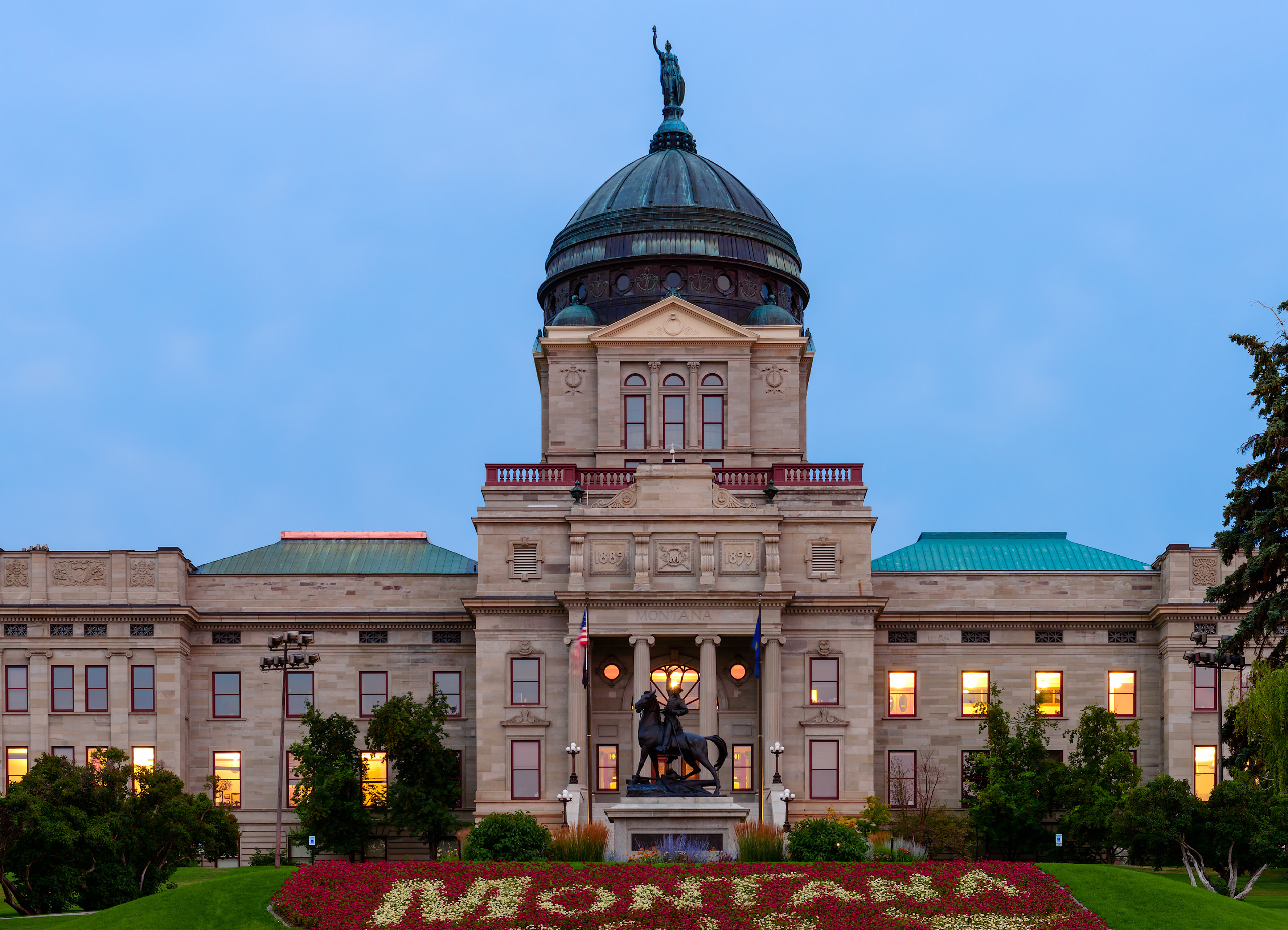Montana's Voter Review Process
Unfamiliar with Montana’s Local Government Voter Review process? You’re not alone. This unique constitutional requirement only occurs once a decade but is an important legacy of Montana’s historic 1972 Constitutional Convention. The review is an opportunity to enlist a local citizen study commission to examine the current structure of local county and municipal governments. Citizens then vote on specific changes the study commission recommends to enhance the local government’s ability to provide services in response to changing community needs and demographics. As we begin the sixth voter review cycle, 2024-2026 (the first was in 1974-1976), it’s important to know what it is and how to participate.
What is the Voter Review Process?
The review process determines if specific changes to the local government structure would benefit the community. Changes can be made in two areas: form and power.
The form determines the relationship between the legislative (law-making) and executive (law-enforcing) branches of local governments. State law defines six alternative forms that municipalities and counties can select. Council-mayor is the most popular form for municipalities; the commission form is utilized in 52 of the 56 counties.
By default, Montana’s local governments have general-governing powers — the right to exercise powers as defined by the legislature or Montana Code Annotated to maintain the community’s health and safety. The 1972 Constitution made an important addition: self-governing powers, which confer the right to exercise any power and authority not explicitly denied by the legislature. A community that adopts self-governing powers can make expanded decisions in the best interests of the community to address a variety of issues where general-governing powers would have limited authority. While this distinction seems subtle, it can be significant.
Why does the Voter Review matter?
You might remember when the statewide smoking ban went into effect in 2009. However, the city of Helena instituted a city-wide ban on smoking in all public buildings in 2002. The ban was contested in a round of legal battles. In 2004, the state supreme court issued a ruling allowing the city to uphold the ban.
The rationale described that Helena’s self-governing powers, adopted in the first voter review cycle, permit a local government to exercise any power not prohibited by the legislature. Since smoking bans were not explicitly prohibited, the court’s ruling acknowledged the city’s right to implement the ban.
The citizens of Helena took an active role in the first review process and voted for self-governing powers. Forty years later, that change gave the city’s government greater flexibility to respond to a growing concern for many citizens. So many communities followed Helena’s 2002 example that the state legislature codified the Montana Clean Indoor Air Act in 2005. This illustrates the potential of the voter review process — grassroots governance; opportunities for local government leadership to influence state government; and lively multidirectional responsiveness at local and state levels to the needs of Montana’s communities.
How can you Participate?
You can participate in two ways: as a voter or as a study commission member.
Locally-elected study commissioners play a crucial role. During the two-year process, each study commission, typically made up of three to five residents, examines how well their local government’s current form meets community needs and whether one of the designated alternatives might better serve the community. The commission engages the public through hearings and community forums, gathering detailed information in their evaluation process. Based on their research, the study commission recommends either retaining the current form or making a change. Their recommendation is proposed via the ballot, where citizens vote on the final decision. Contact the local election administrator’s office for details if you’d like to register as a study commissioner candidate.
As a voter, you decide how far the voter review process will go in your community. At the polls this year, and again in 2026, you’ll see a voter review question(s) on the ballot (A proposed change could show up on the ballot during any regularly scheduled election in 2025 or 2026). In June, vote on whether to establish a study commission to review the existing form of local government. A majority vote of “no” in the June election will end the review process; “yes” will initiate the task of forming the study commission. Then study commissioner candidate names may appear on the ballot for an election vote in November. In the 2025 and 2026 regular elections, voters will choose whether to adopt any study commission’s recommendations (some study commissions may not propose changes).
Few other states have a local government review process, and none offer citizens the right to choose between general-governing and self-governing powers. As a voter or study commissioner, a Montanan has the privilege to participate in a unique process with valuable long-term potential for the well-being of a community.
If you have questions about the Voter Review process or would like to learn more, please visit the Local Government Center’s Voter Review page at www.montana.edu/extension/localgov/mtvoterreview/index.html.

Photo: Aobe Stock
Lydia Maunz is an Associate Specialist with the MSU Extension Local Government Center.
